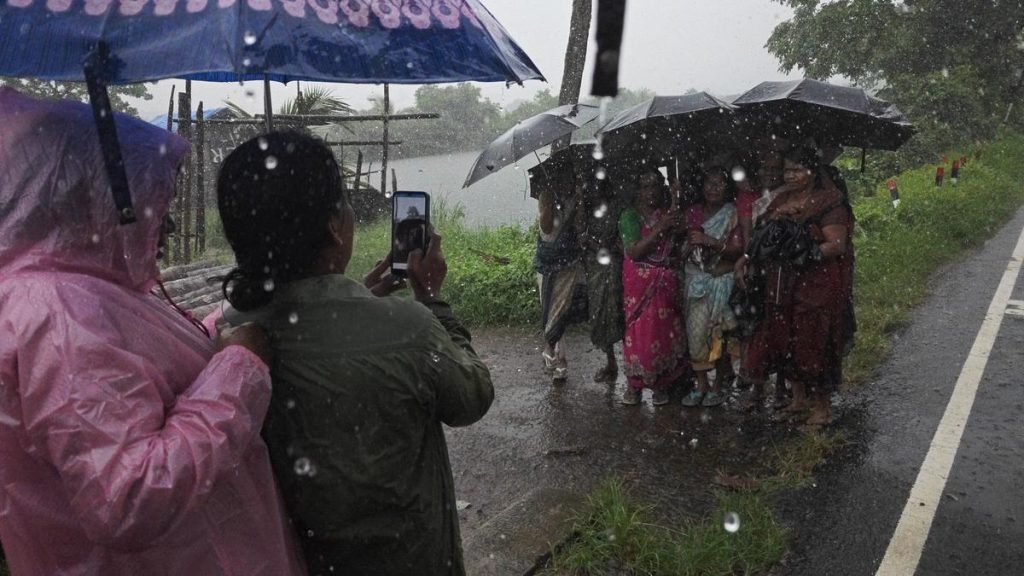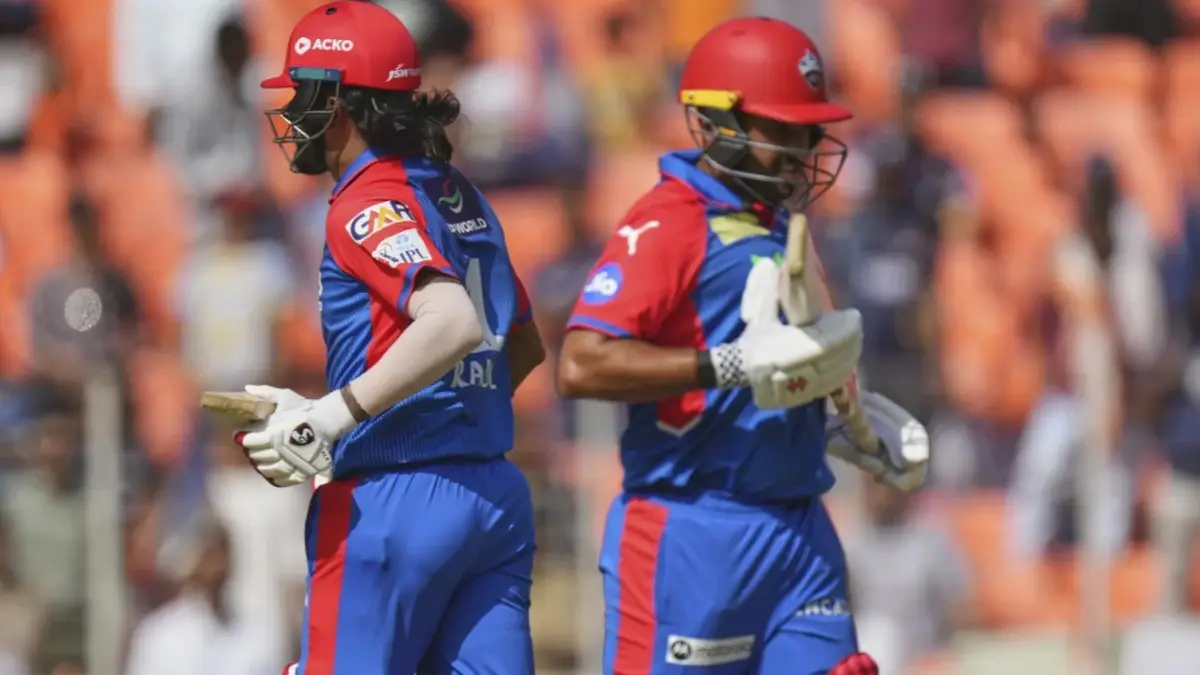Now Reading: India Shows Evidence of How Pakistan Was Defeated | VIDEO
-
01
India Shows Evidence of How Pakistan Was Defeated | VIDEO
India Shows Evidence of How Pakistan Was Defeated | VIDEO


India shows evidence of how Pakistan was defeated, DGMO press brief | Image:
Republic World
New Delhi: The Director General of Military Operations (DGMO) press conference on Sunday evening explained how “Operation Sindoor” was conducted by the Indian Armed Forces. The DGMO brief was addressed by Lieutenant General Rajiv Ghai, Air Marshal A.K. Bharti, Vice Admiral A.N. Pramod, and Major General S.S. Sharda, providing key updates on ‘Operation Sindoor’.
DGMO Shows Evidence of How Pakistan Was Defeated

DGMO confirmed Operation Sindoor was launched with the objective of dismantling enemy terror infrastructure, delivering a strong and decisive message against terrorism. The operation was executed with precision and strategic planning, struck nine key locations, crippling terrorist networks and nullifying their operational capabilities.

Over 100 Terrorists Eliminated
On May 7, strategic airstrikes were conducted on nine carefully selected targets, resulting in the elimination of over 100 terrorists, including high-value individuals linked to the Pulwama blast and the IC-814 hijacking. Among those neutralised were high-value targets involved in major attacks, including the Pulwama bombing and the IC-814 hijacking. The operation, executed with precision and strategic planning, struck nine key locations, crippling terrorist networks and nullifying their operational capabilities.

Indian Navy’s Strategic Moves Locked Karachi
The Indian Navy executed a series of well-coordinated strategic manoeuvres, effectively locking Karachi and asserting dominance in the Arabian Sea. Forward deployment in a decisive posture, the Navy maintained full combat readiness to strike select targets at sea and on land at a time of India’s choosing. This positioning disrupted enemy operations, deterred potential threats, and reinforced India’s maritime superiority.

Around 40 Pakistani Soldiers killed
The DGMO has officially confirmed the death of terrorist Rauf Azhar and that at least 40 Pakistani army personnel were killed during Operation Sindoor. These strikes were aimed at key enemy positions, further crushing Pakistan’s operational capabilities and disrupting military movements. The operation was executed with strategic planning and decisive action, ensuring maximum impact while maintaining operational security.
Pakistan Sent Drones in Waves
Pakistan attempted to disrupt Indian defences by deploying multiple drones in retaliation. However, Indian forces effectively countered the aerial threat, neutralising Pak drones in the air. India’s Akash missile system played a crucial role in India’s air defence network, particularly in countering aerial threats, including drones.
India confirms shooting down Pakistani planes
The DGMO officially confirmed that Indian forces successfully shot down Pakistani aircraft during Operation Sindoor. The engagement was part of India’s decisive military response, aimed at neutralising enemy threats and securing strategic dominance in the region.
The strikes were conducted across nine identified terror hubs resulted in the elimination of more than 100 terrorists, including high-value targets such as Yusuf Azhar, Abdul Malik Rauf, and Mudasir Ahmed, who were involved in the IC-814 hijacking and the Pulwama blast.
The DGMO stated that the Indian armed forces are fully prepared to counter any misadventure by Pakistan, ensuring firm and decisive action to protect national security.



























